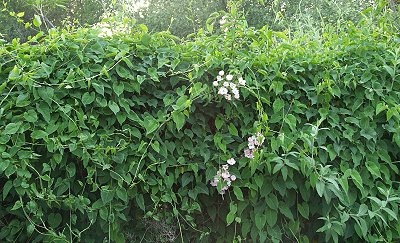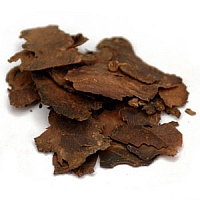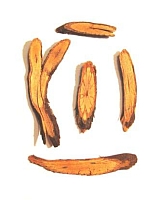[1] Barefoot Doctor's Manual- 1977 Prepared by the Revolutionary Health Committee
of Hunan Province. Original Chinese manual- Victor W. Sidel. Originally published
by Dr Joseph Quin and the Fogarty International centre, Bethdesda (1974). Madrona
Publishers Seattle Washington ISBN 0-914842-52-8
[2] A Complete English Dictionary of Medicinal Terms in Chinese Acupuncture and
Herbalism 1981- Henry Lu Chinese Foundations of Natural Health- The Academy of
Oriental Heritage, Vancouver, Canada.
Images
1.
mountainvalleygrowers.com
2.
starwest-botanicals.com Polygonum
multiflorum, Reynoutria multiflora.
何
首 乌
Hé shǒu wū Fleece flower, Flowery
knotweed Family Polygonaceae
Polygonum
multiflorum, Reynoutria multiflora.
何
首 乌
Hé shǒu wū Fleece flower, Flowery
knotweed Family Polygonaceae
 FLAVOR: Bitter, acrid, pleasant, sweet, harsh
FLAVOR: Bitter, acrid, pleasant, sweet, harsh

